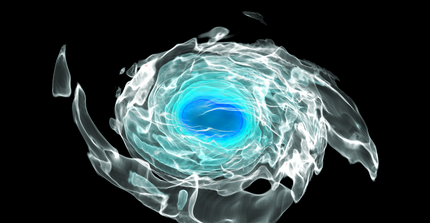Electromagnetic Signals
As a member of the Global Rapid Advanced Network Devoted to the Multi-messenger Addicts (GRANDMA), our group is directly involved in the understanding and interpretation of transients measured in connection with gravitational wave triggers such as kilonovae.
Kilonovae, which are observable in the ultra-violet/optical/infrared bands, originate from neutron-rich outflows and are powered by the radioactive decay of r-process elements. These transients allow placing constraints on the supranuclear equation of state and the expansion rate of the Universe. Although AT2017gfo is the only confirmed kilonova, there has been a number of kilonova candidates in the past. In general, the study of kilonovae is an active field of research within the astrophysical community which led to significant progress in the modeling of luminosities, lightcurves, and spectra over the last years.
In addition to the observation of a kilonova, there is the potential to observe a short gamma-ray burst lasting for a few seconds originating from relativistic jets launched from the merger remnant. The short gamma-ray burst is followed by a fading synchrotron afterglow. While gamma-rays and hard X-rays are produced by the interactions between structures within the jet, the afterglow phase (consisting of long-lasting multi-wavelength emission in the X-ray, optical, and radio) is produced by the interaction of the jet with the ambient material. Although the exact mechanism triggering short gamma-ray burst is still not fully understood, the observation of GRB170817A proved that a possible central engine for these events arises from compact binary mergers.

